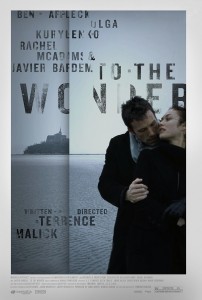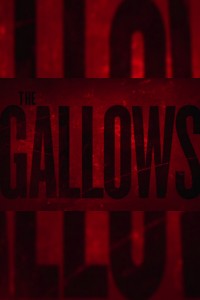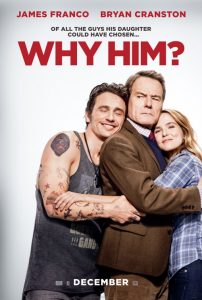 The highly anticipated new film from arguably the most artistically uncompromising, as well as celebrated, filmmaker currently working in North American cinema, To The Wonder continues Terrence Malick’s mediation on the very nature of love and life.
The highly anticipated new film from arguably the most artistically uncompromising, as well as celebrated, filmmaker currently working in North American cinema, To The Wonder continues Terrence Malick’s mediation on the very nature of love and life.
Like a good deal of Malick’s films, especially since The Thin Red Line but even as early as Days Of Heaven, the film is mostly unconcerned with narrative and chooses instead to convey the emotion the characters experiencing the events. The story involves an American Neil (Ben Affleck) travelling through France, meeting and falling in love with a beautiful Ukrainian woman, Marina (Olga Kurylenko), who has a young daughter from a previous marriage. Not wanting to part, he moves them to Oklahoma where he works as an environmental inspector. Their love continues to blossom initially but soon the girls miss their home land, and Neil starts feeling oddly detached from them. At the same time we meet a Catholic priest (Javier Bardem) who is experiencing a crisis of faith. The least known about the narrative of the film the better, not because of any unsuspecting twists and turns, but because Malick chooses to progress the events in a particularly natural way that works better if you’re experiencing it for the first time with the characters.
The film continues Malick’s particular style with the use of elliptical editing, gorgeous handheld cinematography (from the ever-reliable Emmanuel Lubezki) and infusion of poignantly written and earnestly spoken multi-character narration. His camera is constantly in motion, seeking out moments of special beauty within the environment or an actor’s inimitable facial and physical gestures. The beautiful orchestral score by Hanan Townshend rises and swells with the imagery on the screen, creating at its best, an achingly beautiful montage of human emotion.
Despite its inherent beauty, it’s Malick’s style that’s also the downfall of the film. While the story works on the surface level, it slows down after the first act montage of the couple’s meeting in Europe and attempts a more traditional narrative that falters and borders dangerously on the edge of pretension that Malick’s harshest critics have so often accused him of. It’s also a flaw in his approach that characters become ultimately representative of the type of person their trying to represent, which even though it worked so well with ‘The Father’ and ‘The Son’ in The Tree Of Life, makes them frustratingly elusive in the second act when the film becomes more story focused. Beyond these flaws, the philosophical voice over of the characters becomes particularly rambling as the film goes on (again, it’s worked brilliantly for him in the past) and Bardem’s priest feels so peripheral to the main story that it’s like he’s wandered in from another film.
There’s something admirable, noble even, about the integrity of the specific vision Malick has for each of his features. The problem is that in this instance, it’s too specific, and although a small group of people will passionately embrace this movie with all of their hearts, the rest of the audience will be left wondering if Malick hasn’t been to the well one too many times before.
To the Wonder is in Australian cinemas from 4 July through Roadshow Films.





